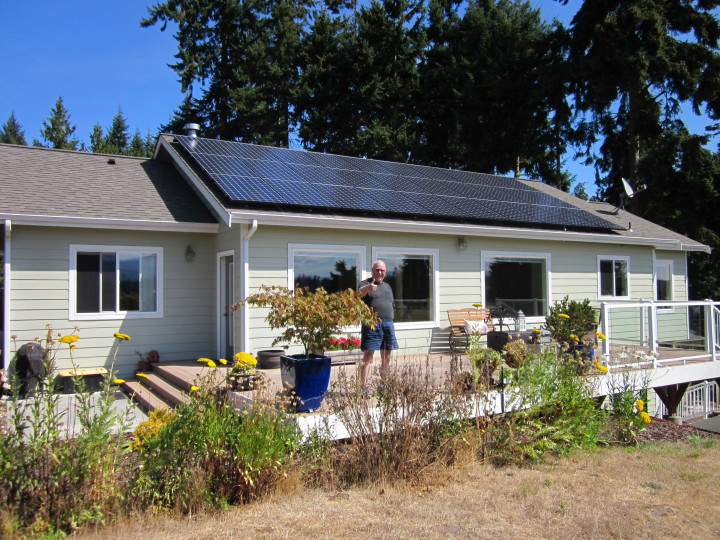We have the opportunity to address the impacts of carbon pollution in a positive and innovative way by passing Initiative 1631 this election. By putting a fee on carbon, initially $15 per metric ton of carbon pollution, then reinvesting that money in clean energy, this program uses economic tweaks to make inefficient and dirty practices more expensive and give clean technology and practices an advantage.
The funds that are collected through the carbon fees from the largest polluters are designated for clean energy projects and habitat restoration on state lands. These will gradually have positive impacts to decrease and mitigate our state’s contribution to climate change, while providing positive economic stimulation and creating new clean energy jobs.
The program will encourage a decrease in carbon pollution, but it does not dictate steps for polluters to decrease their emissions. Washington will see innovation in clean energy technologies, leveraging our existing entrepreneurial culture and high tech work force. This is good for everybody in the state, except the petroleum industry and a few other major polluters.
Perhaps that is why the 12 largest contributors to the No on 1631 campaign are out of state petroleum companies that have donated over $21 million to defeat this initiative – including Phillips 66, BP, Chevron, Valero, and Koch Industries.
1631 specifically requires that 35 percent of the fees collected will go back to low-income communities to help decrease energy costs. All investments will overseen by a public board made up of community leaders and experts in science, business, and health, so that energy companies and special interests aren’t making decisions about our future.
I feel no doubt that more carbon pricing is coming to the US in the near term. Europe’s Emissions Trading System was the first and remains the largest Cap and Trade program in the world, now over 12 years in existence. Mandatory programs in the US currently include California’s Cap and Trade program in existence for 5 years, and the mandatory market-based Regional Greenhouse Gas Initiative, which includes 9 Northeastern states.
Initiative 1631 is a much simpler and more directly effective measure, and I hope we can seize this opportunity here in Washington.
The economics of carbon are coming one way or another in our near future – we can either lead, follow, or get run over by more innovative states. I choose to lead, and Initiative 1631 is the tool we need right now.
References:
California Cap and Trade – https://www.arb.ca.gov/cc/capandtrade/capandtrade.htm
Regional Greenhouse Gas Initiative – https://www.rggi.org/
Public Disclosure Commission showing campaign contributions – https://www.pdc.wa.gov/browse/campaign-explorer/committee?filer_id=NO1631%20507&election_year=2018
